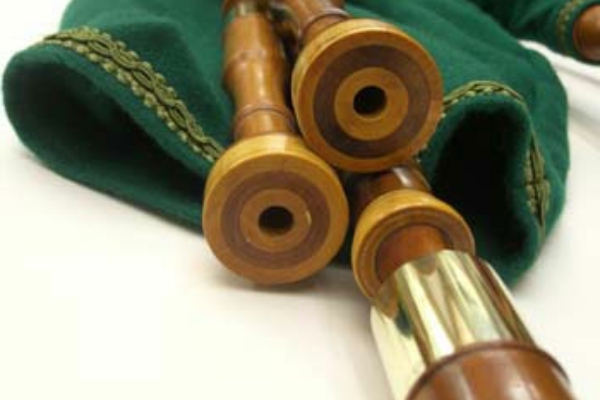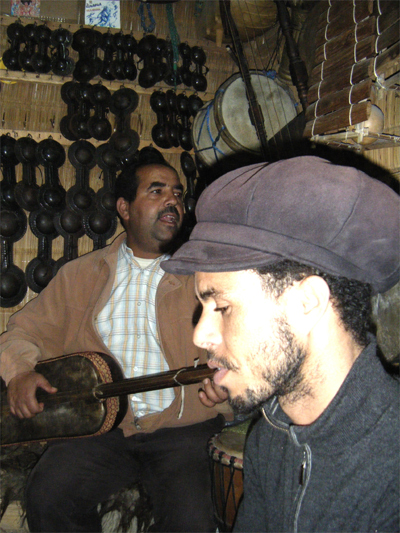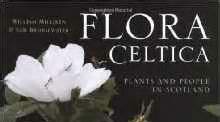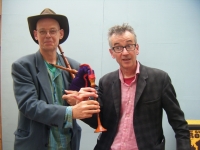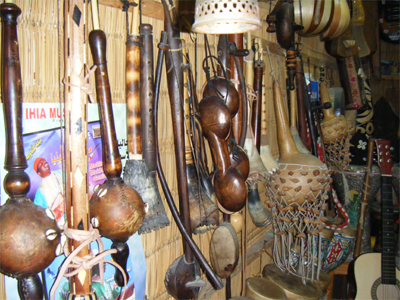I wrote this article for Chanter, the journal of the Bagpipe Society, in February, 2013
One of the pleasures of being an instrument maker is the contact I have with some of my customers.
Some order on line, I send their pipes to them and I never hear from them again. In contrast there are some who keep in touch, tell me about special gigs they have played at and even send photos. (On my office notice board I have a photo from August 1999 of Gerry and a young Aisling O’Brian playing Leicestershire smallpipes in the Julian Alps in Poland)
One customer that I have corresponded with from before the days of email is George Burchill from Tampa, Florida. He plays Irish and Northumbrian pipes and loves ‘noodling’ on low pitched chanters. Many years ago I made a hybrid cabrette- style low smallpipe chanter to plug into his Northumbrian pipes. But in all these years we have still never met. These days we do sometimes communicate with email, but most of his correspondence has been in handwritten letters. An added delight is the cartoon on the top of his notepaper which shows him as St George, one hand on a spear, in a suit of armour, relaxing on top of the dead dragon. He is reading a Greek book and a galley is sailing by in the distant horizon. We often cover subjects other than bagpipes. I relish receiving his letters.
In autumn 2010 I received a flurry of emails from him about Cornish Pipes and he eventually ordered a bellows blown set. He sent me the deposit along with a letter in which he wrote:
"….Now, back to the Cornish pipes. Since I am 83, the length of time I'll have to wait for the pipes is a major factor. i.e. Will I be dead by the time I get them?"
This made me laugh and also lead me to invent a new ruling that anyone over 80 who orders a pipe from me will find their order floating very speedily to the top of my waiting list!
Once he received his pipes we had more correspondence as he learnt to play them. Here is an extract from his letter from October 2011
Beethoven to the rescue!!!
Who would have thought that Beethoven would provide the answer I voiced to you about my Cornish Pipes?
The other day, while reading some scores Beethoven wrote after 1819, when he could no longer hear the human voice, a bell went off in my head. I picked up my pipes, took out my hearing aid and Voila- the pipes sounded like I thought they should. In subsequent experimenting, I found that the fidelity and reliability of my hearing aids varied at various volumes. So in the spirit of not mixing drinking and driving, I no longer mix hearing aids and Cornish pipes.
We are off to the Amazon for three weeks. Holland- American lets me have the vacant Piano Bar to play in the am and the rest of the day, I can play on deck. What will the Incas think!?!!
Last year he sent me various delightful letters about two trip he and his wife made to Greece The first was in the autumn of the mid 1970's and the next in the early 1980's. George has given me permission to publish these extracts.
19/11/12.
I especially recall one day while hiking in the Argolid I saw a small house (about 8 foot by 12 foot, no windows, no door: only a curtain) with a small church beside it (about 6 foot by 8 foot). Both were surrounded by a small garden patch. An old lady stood in the doorway listening to an old man playing his pipes in the yard.
They turned out to be the parents of a soldier whose body had been unceremoniously dumped in their garden patch. After they buried him, they built the small chapel over the grave. Because their son loved the pipes, his father played for him each day. He told me that his instrument was originally a “reed” (φλογερα) but as his lungs got old (and could no longer circular breathe), he had put his “reed” into a “goat” (τραγος). It looked exactly as the launeddas would if plugged into a bag.
The old man knew only a few “tunes” (τονοι) and he only played one each day - but he played it with ad lib variations for hours at a time.
26/11/12.
Further to my letter of 19/11/12 the old fellow in the Argolid told me his wife played the right pipe and he played the left pipe and the drone. I asked him why he had put the right pipe in the goat. He said he did that because his “woman” was old and she might die and he'd have no one to play the right pipe.
Up north in the Metena I talked with an old piper who had also put his “reed” into a “goat”. He was a shepherd, living in a very large cave with his flock and his dogs. He had a “woman” once, but she got too old to climb into the cave, so she went to live in Kalambakes (?) and died there. His thumbs were very arthritic, so sometimes he put beeswax in one or both thumb note holes. In both cases he either used the first- finger note or the fourth finger- note or just ignored the note and lengthened the previous note a bit.
I also noted that neither he or the Argolidian piper could play both thumb notes at the same time. At least one thumb was always needed to hold the pipes.
12/ 12/ 12.
I am at an age when one goes through a life-time of accumulated notes and musings and toss most of them out. However I though the following might be of interest to you.
On one of my extended trips to Greece, I was one day poking around looking for interesting pebbles in a scree field. I heard a tsabouna from far up the mountainside. Like the rats and children of Hamlin town I followed it up the steep slope until I found a man in his fifties or sixties sitting at the mouth of a cave playing an unusual tsabouna. It turned out that he was an anchorite who left his cave only on Sundays to climb down to the valley and up the other side to a cave-church where a feeble old priest ministered to the shepherds who tended their flocks on the upland meadows. Ignoring me he played on for almost an hour. Then he stopped and we tried to talk. His English was rudimentary and my Greek was Homeric and thus almost a foreign language to his Greek (Demotic).
What follows is my attempt to reconstruct a conversation from what he said.
He told me he made his own tsabouna. His two chanters (which he called 'reeds') were about twice as long as those in typical tsabouna (or Turkish Tulum). The holes (8 on each) began at the bottom end of the reeds. The instrument had a deeper almost gentler sound than the usual tsabouna. He said he did not know any “tunes”.
What follows is how I reconstructed his conversation. Note: throughout, he used the word “hear” - κουω he never used the word “see”- βλεπω. The word he used for “play” was παιζω: to play as in “to play a piece of music”.
“I sit and listen ( κουω ) to the shadows in my cave and I play them. I sit at the mouth of my cave and I hear my flock and the birds and I play them. I hear the wind and the rain and the snow and I play them. I hear my bees when they take their honey and I play them. I hear the sun and the moon and the stars and the silence and I play them. I hear the mountain flowers and the silent bats at night and I play them. I hear my breathing and my heart and I play them. I hear the silence and the years passing by and I play them.”
He said he did not know any “tunes” but would like someone to teach him to play “tunes”. The cave- church where he worshipped on Sunday was so poor that they had only a few pages from Luke's Gospel to put on the altar. I told him that if he would promise never to learn any “tunes”, I would send a complete Gospel with gold- covered covers for their altar. He promised and I bought a gospel and sent it to the old priest: Father Photios. Later as I got to know Father Photios, I told him about my time with the anchorite. Fr Photios told me “Yes, that is what he said to you.” So his demotic and my Homeric Greek did manage to bridge the language gap.
I suppose that episode was the root of my noodling; I think of the anchorite and all the sights and sounds he heard and played.
Julian Goodacre. Feb 11th 2013
With thanks to brother John who transcribed the Greek words .
It was all Greek to me.


